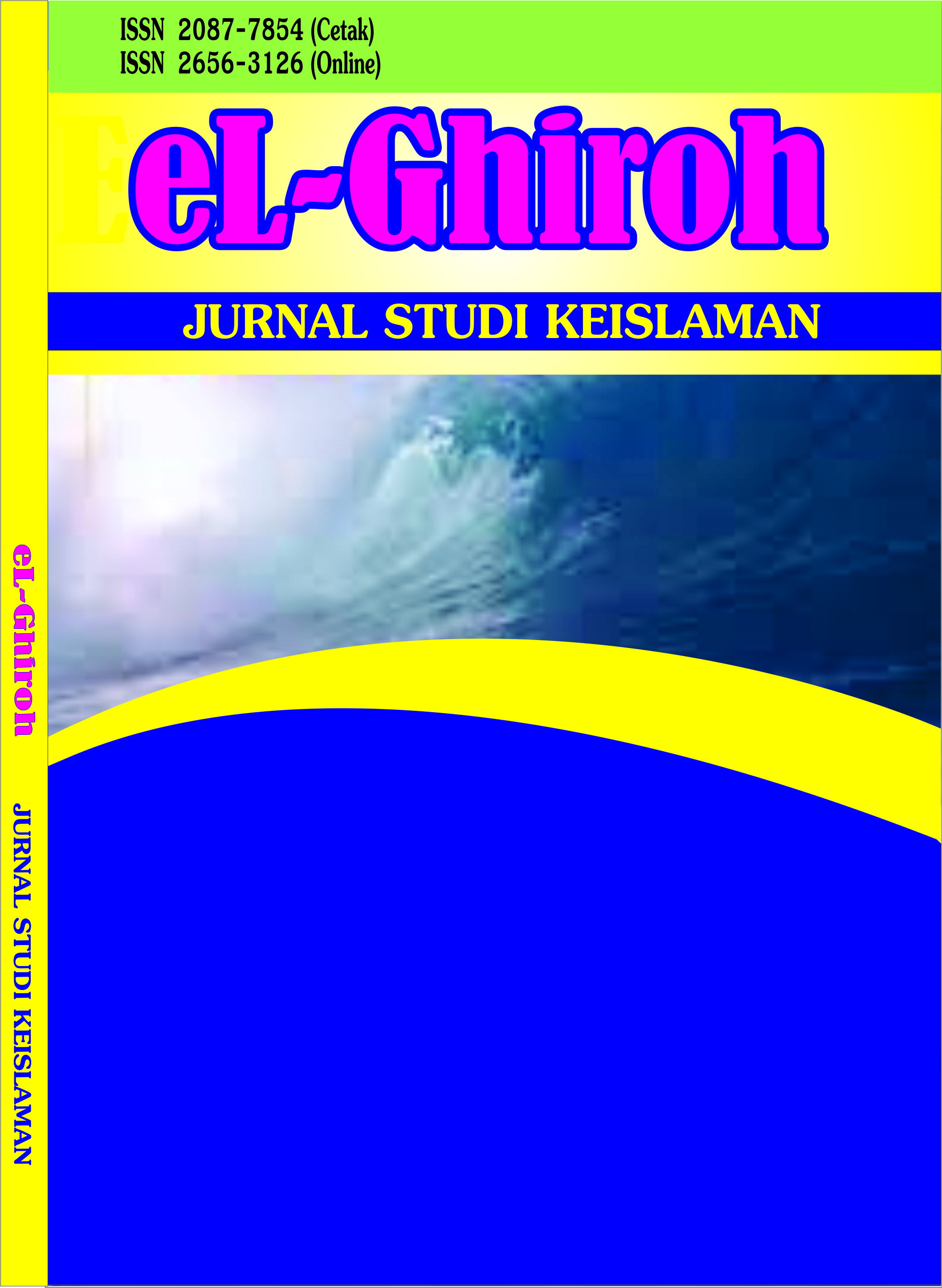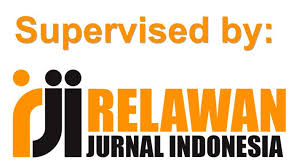The Kasyf Method In The Narration Of Hadith From A Shi'a Perspective
DOI:
https://doi.org/10.37092/el-ghiroh.v23i1.967Keywords:
Hadis, Metode Kasyf, Syi'ah, Periwayatan HadisAbstract
Hadith, as the second source of Islamic law after the Qur'an, plays an important role in the formation of religious law and science. In the Islamic tradition, hadith narration uses various methods, one of which is the kashf method. This method is a typical approach in the Shi'a tradition that emphasizes the spiritual aspect and the authority of the Ahlul Bayt in understanding and narrating hadith. Unlike the Sunni tradition that prioritizes systematic verification of the sanad and matn, the kashf method functions as a means of revealing the inner meaning of the hadith that cannot always be reached by the textual approach. This study aims to analyze the kashf method in hadith narration from the Shi'a perspective and its implications in Islamic studies. Using a qualitative method based on literature study, this research compares the epistemological and methodological aspects between the kashf method and the conventional hadith narration approach. The results show that the kashf method functions not only as an intellectual approach but also as a spiritual process that emphasizes closeness to the Imam and the Ahlul Bayt in uncovering the inner meaning of the hadith. As such, it not only enriches the study of hadith in Islam but also strengthens the theological and philosophical foundations of the Shi'a scholarly tradition.
Downloads
References
Batu, A. E. (2024). Historiografi Hadis Dalam Aliran Islam: Mengulas Sejarah Penulisan Dan Penghimpunan Hadis Sunni Syiah. El-Sunnah: Jurnal Kajian Hadis Dan Integrasi Ilmu, 5(1), 116–129.
Billah, R. (2024). ORISINALITAS HADIS ULAMA SUFI MELALUI METODE KASYF PERSPEKTIF IMAM AL-SUYUTI. IMTIYAZ: Jurnal Ilmu Keislaman, 8(2), 292–309.
Fahimah, S. (2018). Epistemologi Hadis Sunni-Syiah: Analisa Terhadap Implikasinya. Alamtara: Jurnal Komunikasi Dan Penyiaran Islam, 2(1), 51–64.
Fikri, S., Sholihah, F., Hayyu, J. M., Adlantama, A., & Ali, M. H. (2024). Memahami Makna Dari Hadis Dan Ilmu Hadis Menurut Pandangan Muhadditsin Dan Ushuliyyin. Jurnal Pendidikan Islam, 1(4), 12.
Hidayat, I. M., & Arifin, T. (2024). Kontekstualisasi Ilmu Jarh wa Ta’dil dalam Penilaian Kinerja Karyawan di PT Dwisar Multivesta Niagatama. Asian Journal of Islamic Studies and Da’wah, 2(4), 316–336.
Idri. (2015). Metode Liqa’ dan Kashf Dalam Periwayatan Hadis. Mutawatir: Jurnal Keilmuan Tafsir Hadis, 5, 6.
Kudhori, M. (2018). Metode Kashf Dalam Penilaian Hadis: Studi Tashih Hadis Di Kalangan Kaum Sufi. Afkaruna: Indonesian Interdisciplinary Journal of Islamic Studies, 14(1), 27–48.
Muhamad, M. (2015). Upaya pendekatan antarmazhab dalam Penafsiran kontemporer syi’ah (Telaah Atas Pemikiran Ayatullah ‘Uzhma Muhammad Husain Fadlullâh dalam Tafsir Min Wahyi Al-Quran). Institut PTIQ Jakarta.
Novera, M., & A’yun, V. Q. (2024). KRITIK SANAD DAN MATAN: Telaah Kitab Khulasoh Adz-zahabiyah fi Qawaidi oleh Dr. Tageldin Abbas. DIRAYAH: Jurnal Ilmu Hadis, 4(2), 242–261.
Pakpahan, A. W., & Jinan, M. (2024). Jejak-Jejak Tertulis: Sejarah Pembukuan Hadis Dalam Islam. Tanjak: Sejarah Dan Peradaban Islam, 4(3), 212–234.
Tasbih. (2010). Kedudukan dan Fungsi Hadis Sebagai Sumber Hukum Islam Tasbih. Al-Fikr, 14, 331–341.
Taufik, A. (2021). Pendekatan Historiografi dalam Studi Hadist: Analisis Al-Kutub As-Sittah. Al Irfani: Journal of Al Qur’anic and Tafsir, 2(2), 70–93.
Urip Sulistiyo. (2019). Metode Penelitian Kualitatif. https://books.google.co.id/books?hl=id&lr=&id=nJm8EAAAQBAJ&oi=fnd&pg=PP1&dq=Metode+penelitian+ini+menggunakan+pendekatan+kualitatif+&ots=GGEJchtr9D&sig=Rp6CFpeRgU9T0H5GP_kqHiSNjXU&redir_esc=y#v=onepage&q=Metode penelitian ini menggunakan pendekatan kualitatif&f=false
Yusuf, M. (2020). Relasi Teks dan Konteks. Indie Book Corner.
Zahro, A. (2004). Tradisi Intelektual NU; Lajnah Bahtsul Masail 1926-1999: Tradisi Intelektual NU. LkiS Pelangi Aksara.
Zainuddin, Z. (2018). Kajian Hadist dalam Pandangan Sunni dan Syiah. Qolamuna: Jurnal Studi Islam, 3(2), 167–180.
Downloads
Published
How to Cite
Issue
Section
License
Copyright (c) 2025 Siti Fatihatul Hikmah, Muhid Muhid

This work is licensed under a Creative Commons Attribution-NonCommercial-ShareAlike 4.0 International License.










